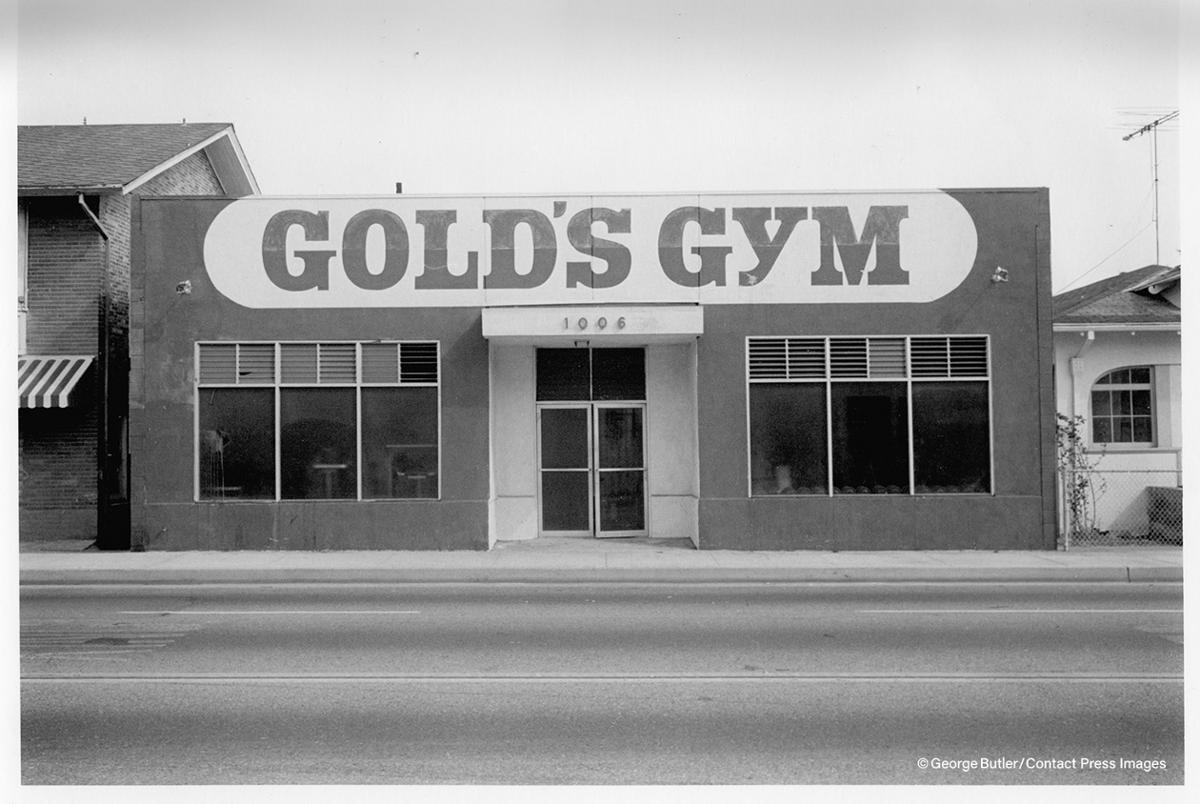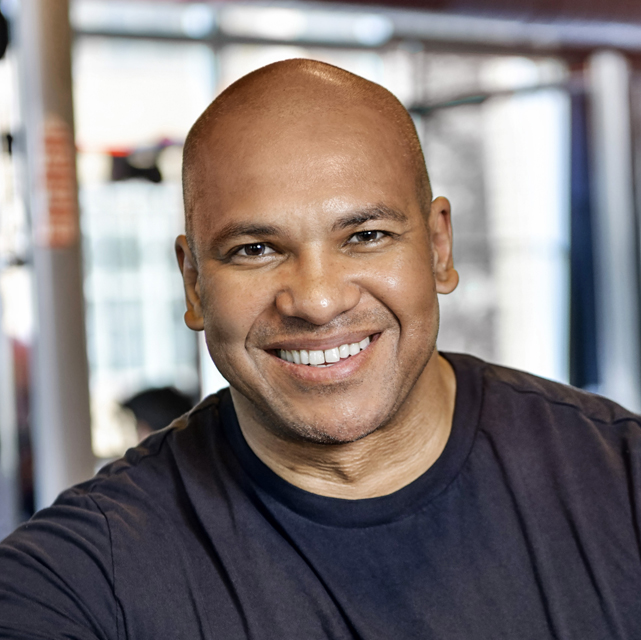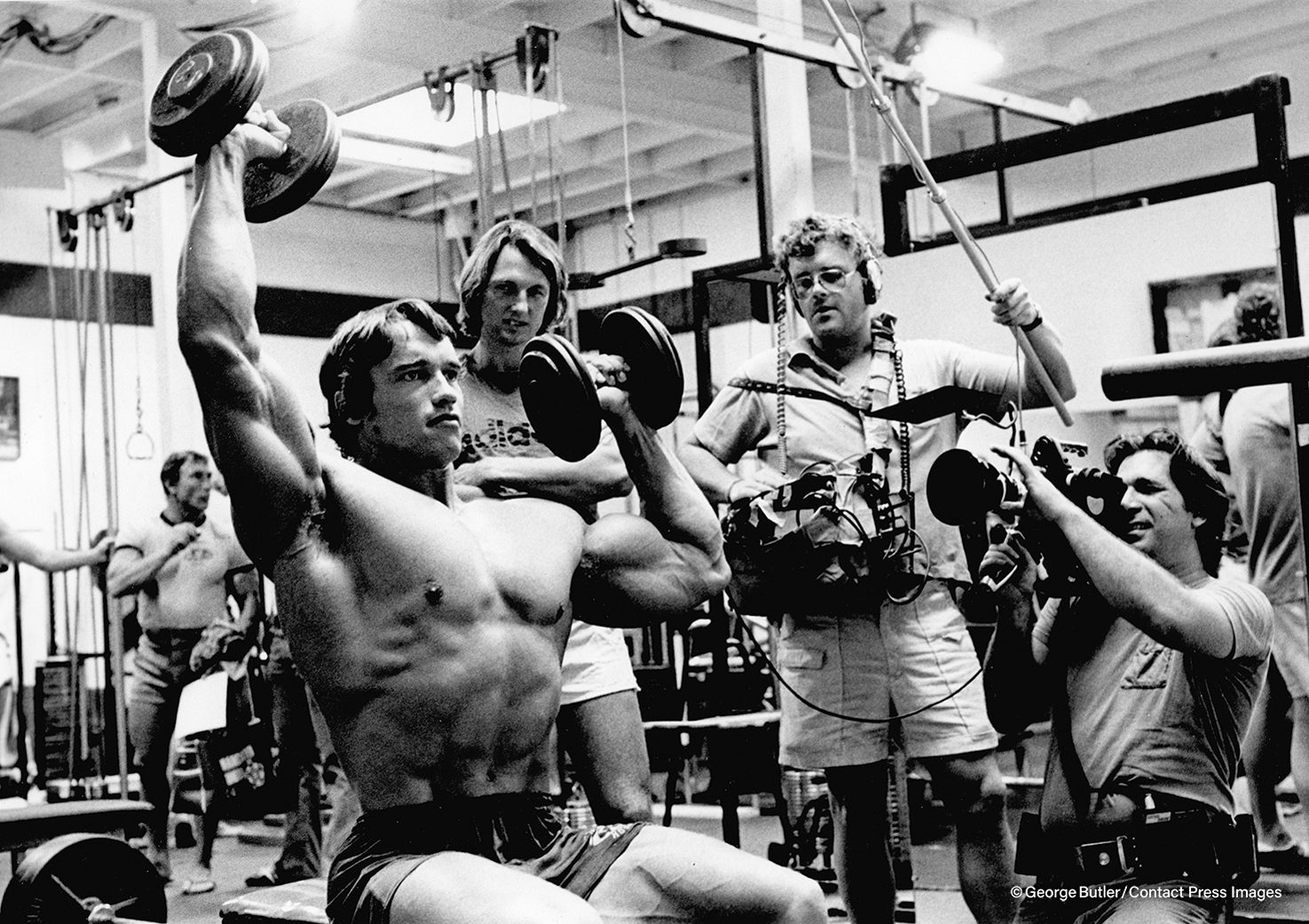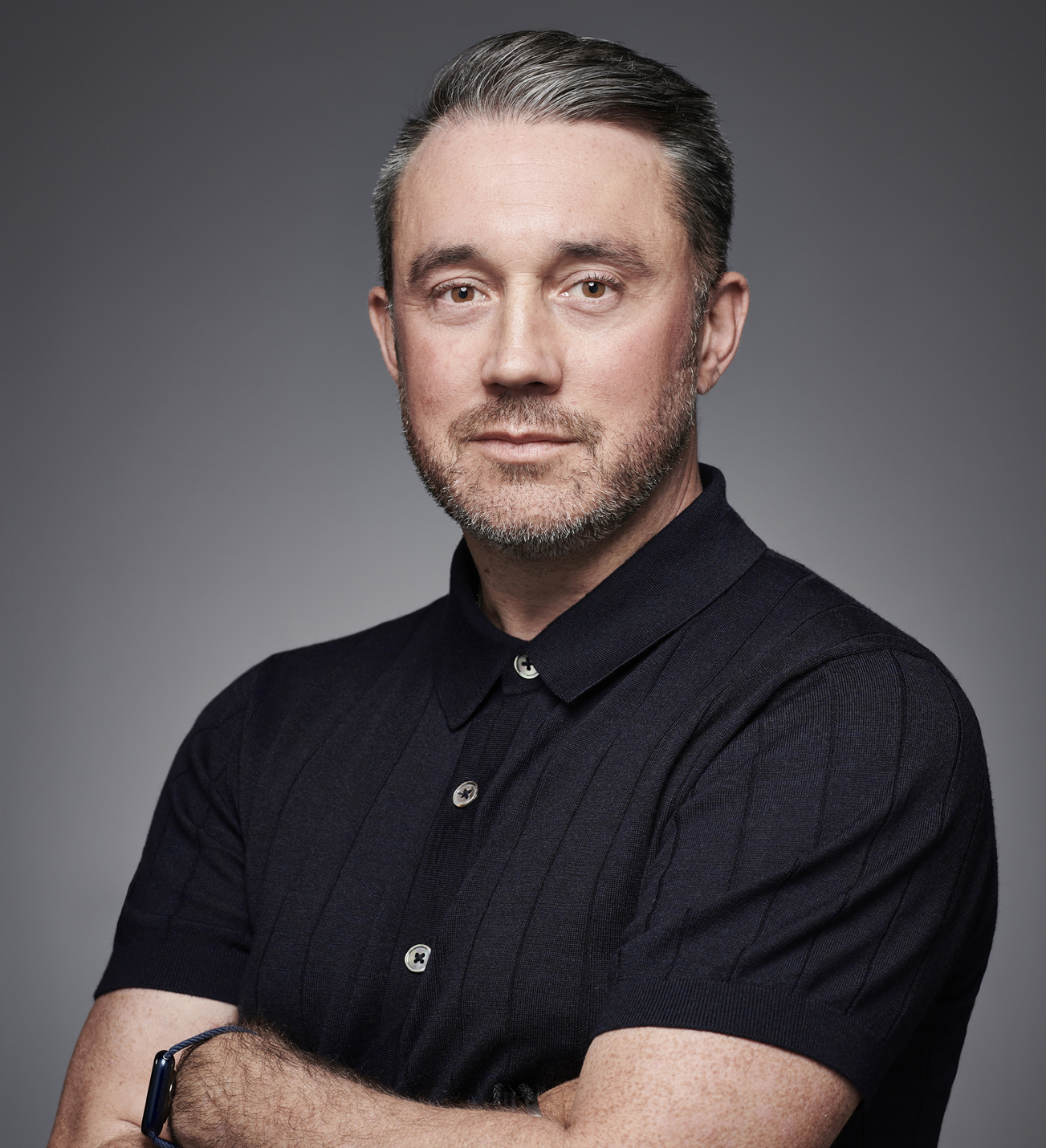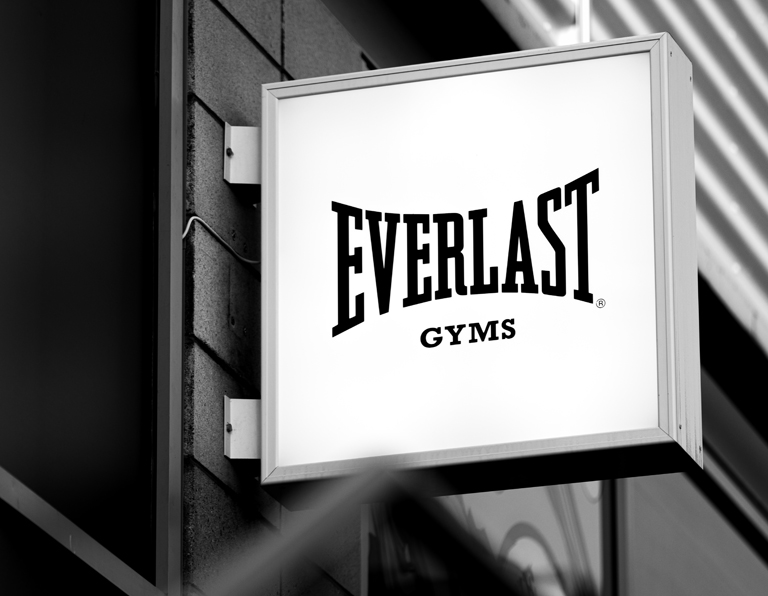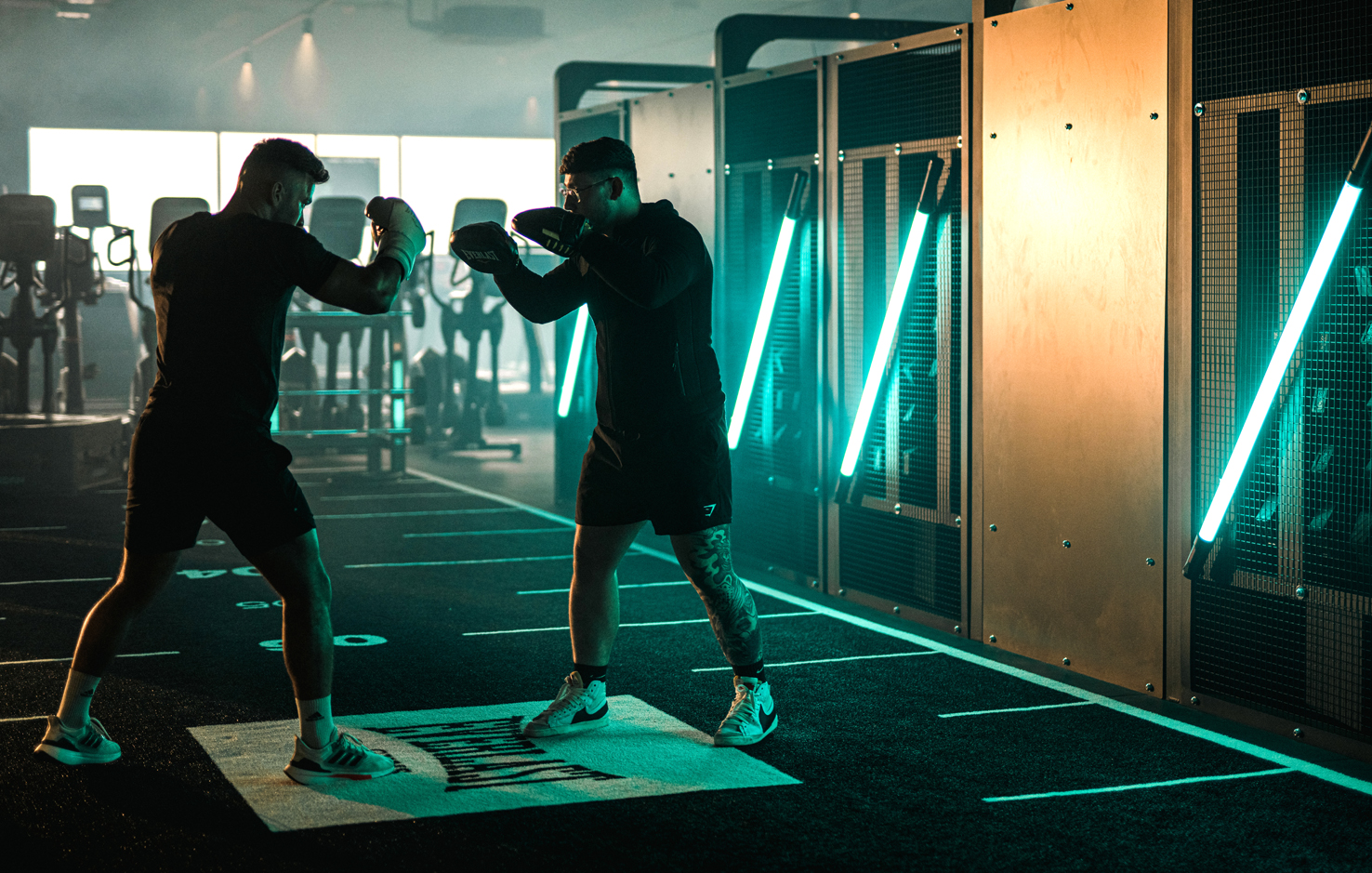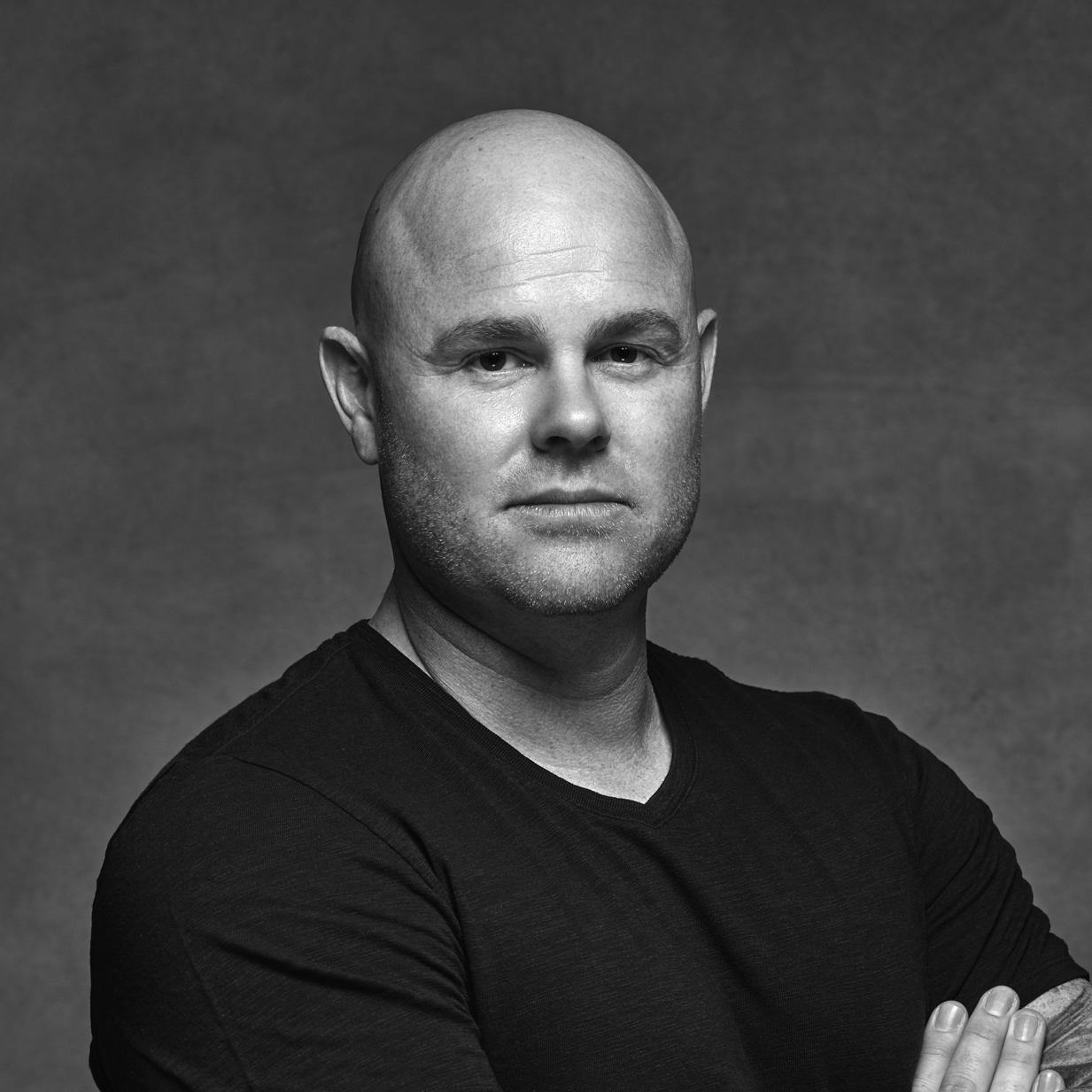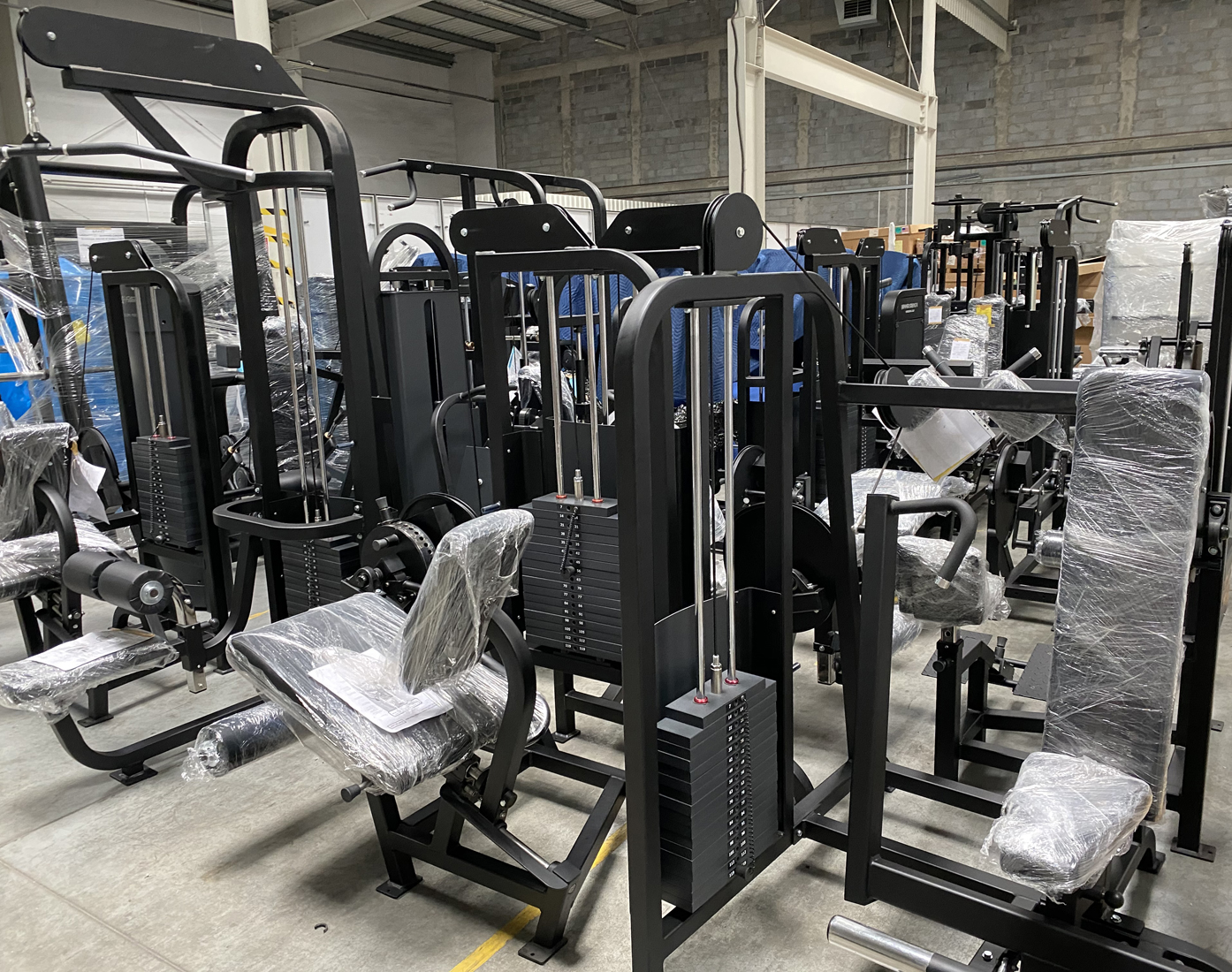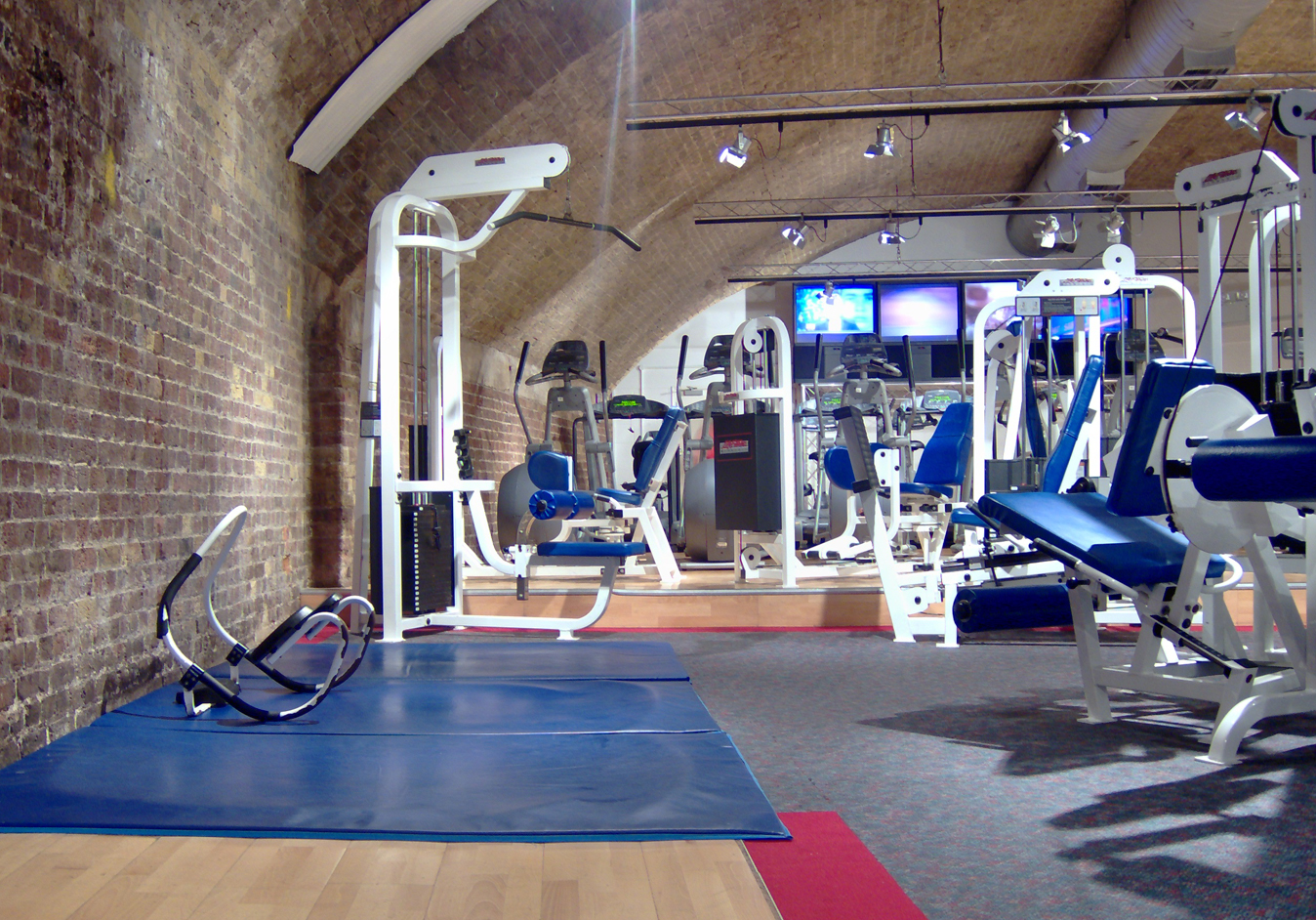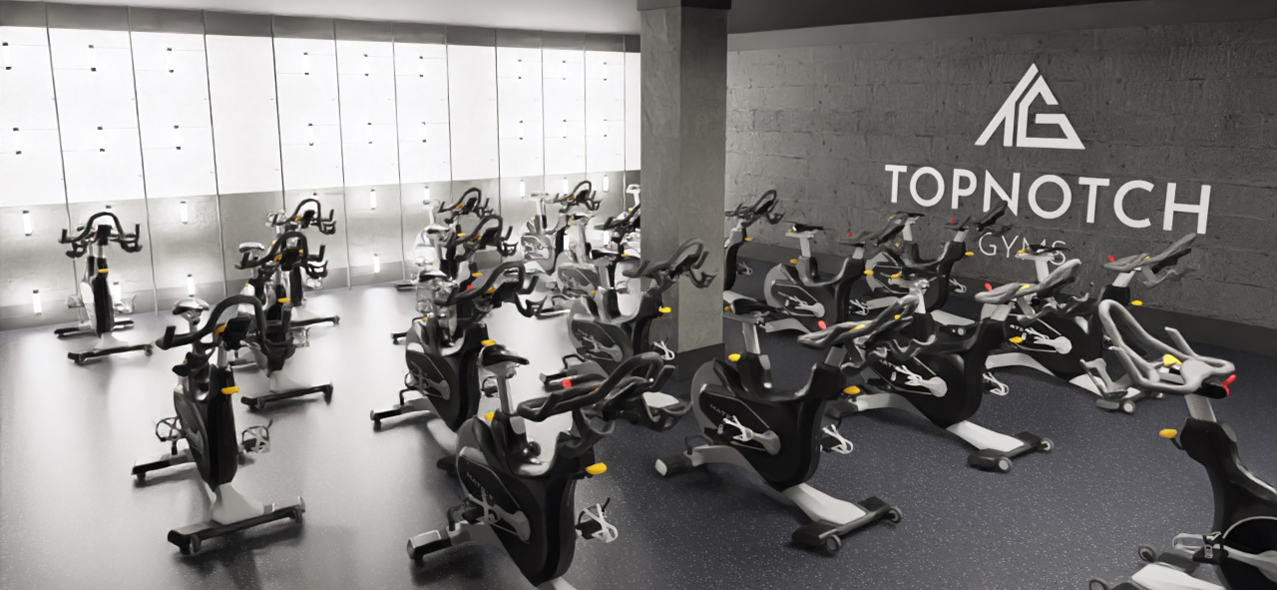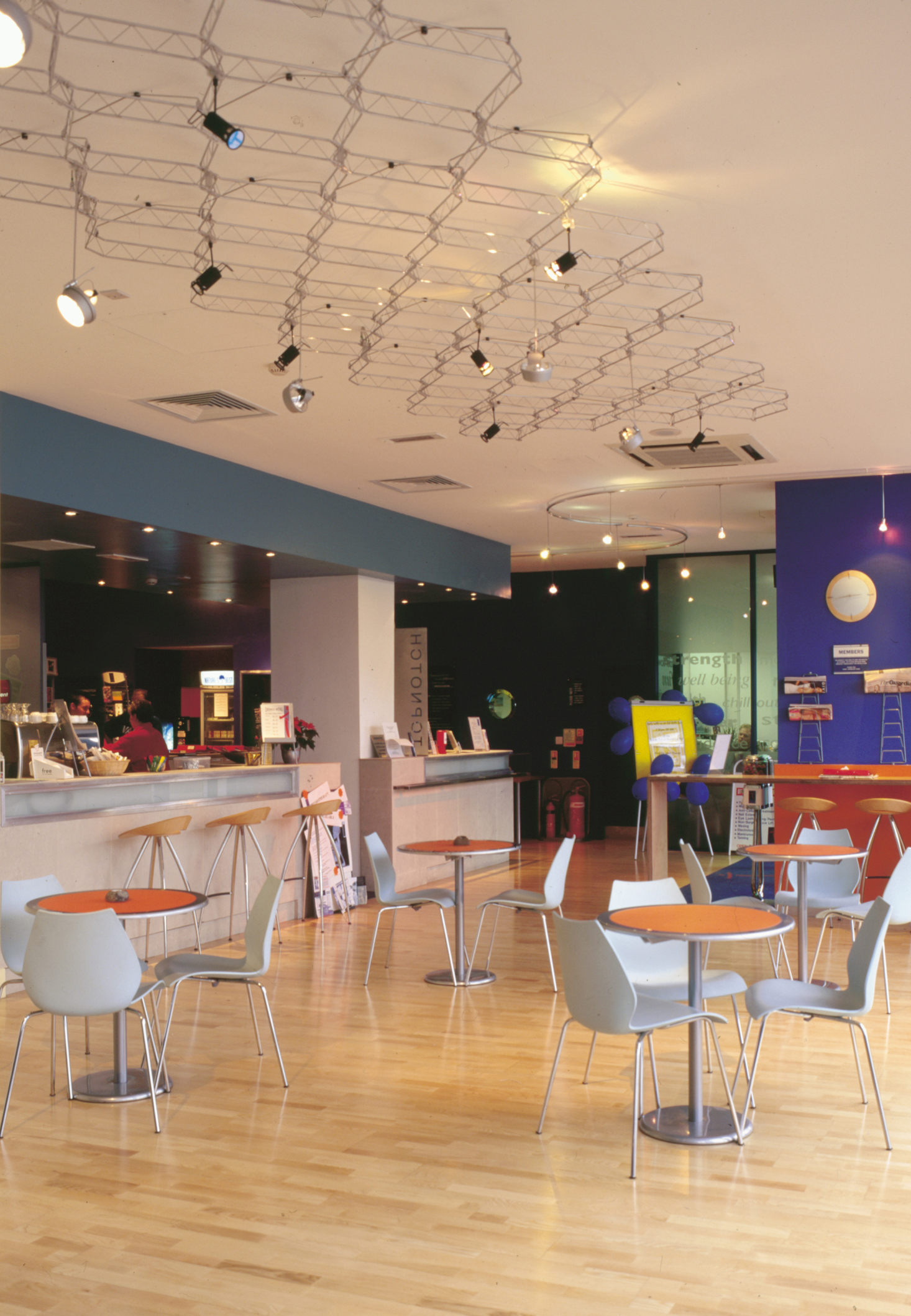
Photo: Topnotch gyms
Topnotch was an innovative brand in the 1990s and 2000s – with Planet Spin and The Powerzone, we were the first to offer blackout spin and big screens in cardio rooms – so we believe the time is right to bring it back.
Although I have a great deal of fondness for the brand – as do many of the managers who were around then – the decision to bring it back is very much based on business. We predict the current crisis will create more demand for mid-market brands, catering to those who want to trade down from premium or boutique prices.
The Topnotch brand has been refreshed with a new logo and new look, it’s now more modern and urban and has been renamed Topnotch Gyms, rather than Topnotch Health Clubs. We think it’s chic and has a boutiquey feel, with an emphasis on service, for the affordable price tag of £40-£50 a month.
We’re looking for new sites, as well as assessing our Fitness 4 Less estate for refits, as some of our larger clubs, with saunas and pools, are a good fit for Topnotch. They’ll receive investment and the prices will rise slightly, which means there’ll be a big focus on retention at these locations.
Our first site is in Soho, at the former H2 club, which stopped trading as a result of COVID. The offering was bike storage, lockers and showers for those who cycle into town, along with a small gym. We’re keeping the bike storage and lockers because there’s a market for them, but extending and upgrading the gym, with three studios, top of the range Matrix kit, saunas and a protein shake bar.
More generally, I don’t think we’ll see a huge number of vintage brands being revived – I’m not sure all the companies that were around during the 90s have the same fondness for their brands as we have and we’re reviving ours because it fits the climate.
We thought about starting a new brand, but bringing back Topnotch seemed a more exciting option.
We’re reviving our Topnotch brand because it fits the climate








